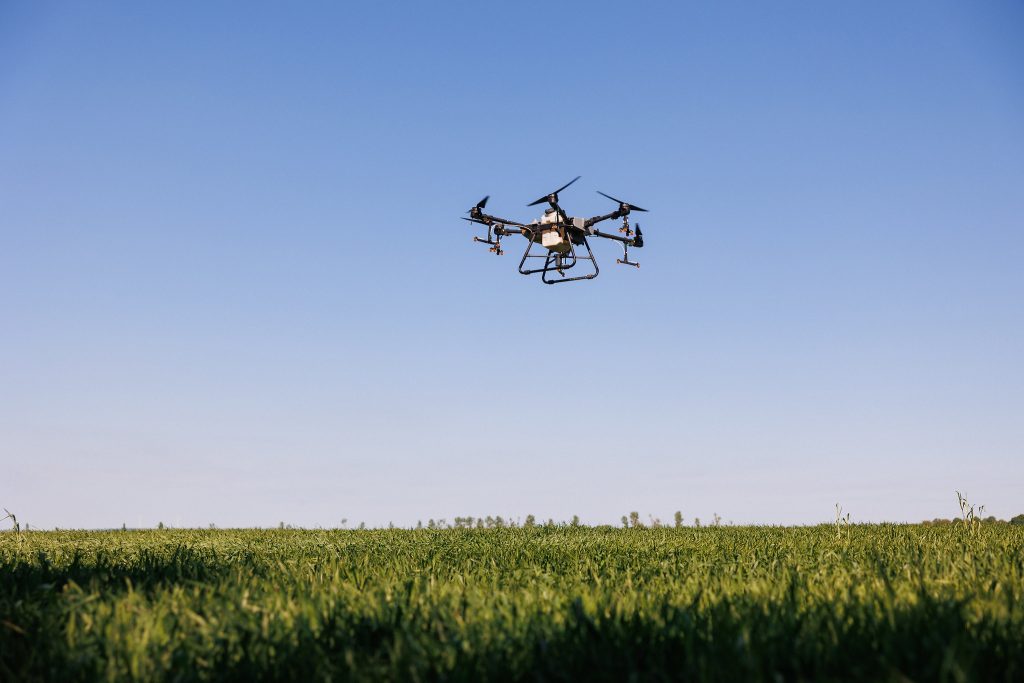Agricultural drone spraying is a topic of great concern. Drone spraying is widely used in various populations, including office workers, landowners, and large farms or cooperatives. With the advancement of land transfer, the use of drones in agriculture will become more widespread. However, drone spraying also has its advantages and disadvantages, and if we want to use drones, we must be clear about these advantages and disadvantages.
In terms of advantages, agricultural drone spraying can also improve the accuracy and efficiency of spraying. Compared with the traditional hand-held spray, the UAV can control the spraying of agents more accurately, thus reducing waste and repeated spraying. In addition, drones can achieve precise control of pesticide spraying while reducing pesticide concentration, which not only saves pesticides but also reduces environmental pollution.
In addition, agricultural drone spraying can also improve the safety of agricultural production. Due to the automation control and remote sensing monitoring technology of drones, farmers can be prevented from being exposed to harmful substances such as pesticides and fertilizers, thereby reducing related health risks. Moreover, drones can also monitor the surrounding environment and meteorological conditions in real-time during the operation process, timely detecting and handling problems.
However, agricultural drone spraying also has some drawbacks and challenges.
The first drawback is the inability to penetrate, which is also the biggest drawback of drone spraying. Due to the limited spray capacity of UAVs, some places with lush vegetation cannot be sprayed.
The second drawback is that drone spraying is prone to drift. Because spray particles are too small, they are easy to be blown away by the wind, which may affect the surrounding environment.
The third drawback is the overall high cost. Compared to traditional spraying equipment, drone spraying equipment is more expensive.
The fourth drawback is that the operation is relatively complex. Professional training and learning are required to master the operational skills of drones.
Firstly, the current level of technology and equipment costs are relatively high, which makes it difficult for many farmers to bear the investment and usage costs. Secondly, the scope and efficiency of drone spraying operations are still limited, unable to meet the needs of large-scale farmland. In addition, drone spraying requires consideration of factors such as flight altitude and speed, which require certain skills and experience of operators.
Overall, agricultural drone spraying has certain advantages and limitations, and needs to be comprehensively considered and applied based on specific actual situations. In the future, with the continuous development of technology and the continuous reduction of costs, agricultural drone spraying will be more widely used in agricultural production, and make greater contributions to improving agricultural production efficiency and environmental protection.







Please sign in to comment
register